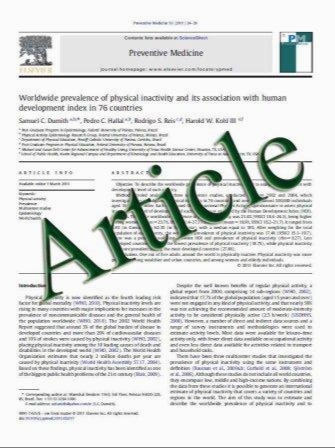Clinical outcomes of post-remission therapy using 90yttrium ibritumomab tiuxetan (Zevalin®) for high-risk patients with diffuse large B-cell lymphoma
- نوع فایل : کتاب
- زبان : انگلیسی
- مؤلف : Eun Ji Han & Sung-Eun Lee & Sung Hoon Kim & Hyung Sun Sohn & Seung Eun Jung & Gyeongsin Park & Byung-Ock Choi & Sang-Nam Lee & Suk-Woo Yang & Kyungja
- چاپ و سال / کشور: 2011
Description
This phase II trial evaluated the efficacy and safety of tandem consolidation using 90yttrium ibritumomab tiuxetan (90Y-IT) and high-dose therapy (HDT) with autologous peripheral blood stem cell transplantation (PBSCT) in high-risk patients with diffuse large B-cell lymphoma (DLBCL) who were in primary remission. Eleven patients with high-risk DLBCL were enrolled. All patients had achieved complete or partial response after six to eight cycles of rituximab-cyclophosphamide, doxorubicin, vincristine, and prednisone (R-CHOP) as a frontline chemotherapy. Subsequently, the patients received one to two courses of ifosfamide-containing regimen for peripheral blood stem cell mobilization and harvesting. First consolidation with 90Y-IT was performed, followed by second consolidation using HDT with PBSCT. All patients received 90Y-IT therapy, but three patients did not undergo PBSCT. During the median follow-up period of 18.1 months, 9 of 11 patients exhibited disease progression, and 8 patients died. The estimated 2-year progression-free survival was 18.2%, and overall survival was 36.4%. Adverse events following 90Y-IT consolidation were primarily transient hematologic toxicities. The present pilot study suggests that tandem consolidation therapy using 90Y-IT followed by HDT with autologous PBSCT is not feasible for treatment of high-risk patients with DLBCL in remission after R-CHOP. In addition, this treatment failed to provide beneficial effects for the clinical outcome of subsequent PBSCT
Ann Hematol (2011) 90:1075–1082 DOI 10.1007/s00277-011-1191-6 Received: 7 July 2010 / Accepted: 7 February 2011 / Published online: 19 February 2011


